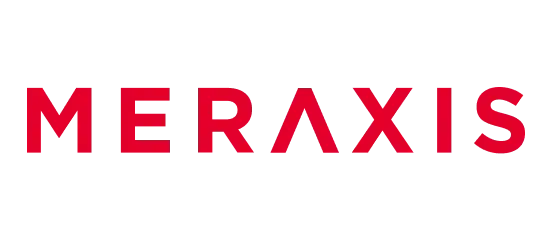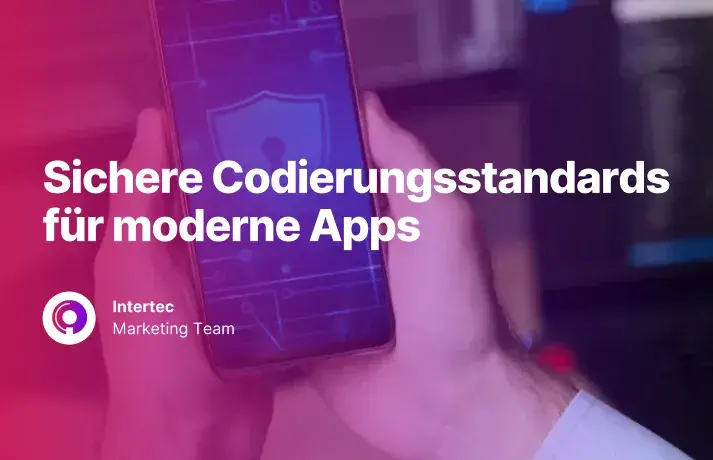Cloud-Migration vs. Modernisierung - was ist der wirkliche Unterschied?
Starten wir mit einer klaren Übersicht. Cloud-Migration ist der Prozess der Verlagerung von Anwendungen, Daten und Arbeitslasten von einer lokalen Infrastruktur oder einer Legacy-Umgebung zu Cloud-Diensten wie AWS, Azure oder Google Cloud. Es geht darum, Ihre bestehenden Anwendungen in eine neue, flexiblere Cloud-Architektur zu verlagern.
Die Modernisierung von Cloud-Anwendungen hingegen konzentriert sich auf die Neuarchitektur und Optimierung dieser Anwendungen, damit sie in vollem Umfang vom Cloud Computing profitieren. Dabei werden Cloud-native Designprinzipien wie Microservices-Architektur, Containerisierung und Serverless Computing eingesetzt, um Skalierbarkeit, Agilität und betriebliche Effizienz zu verbessern.
Gartner prognostiziert, dass bis 2027 mehr als 90 % der Unternehmen hybride Cloud-Architekturen einsetzen werden, um die Agilität zu verbessern und die Markteinführungszeit zu verkürzen.
Hier ist der Schlüssel:
- Die Migration verlagert Ihre Systeme.
- Die Modernisierung verbessert sie.
Die Migration kann kurzfristig Kosten senken, während die Modernisierung Innovation und Geschäftskontinuität vorantreibt. Anders gesagt: Es ist der Unterschied zwischen Umziehen und Weiterentwickeln. In unserem früheren Artikel „Anwendungsmigration und -modernisierung erklärt“ haben wir die Details dazu ausführlich erläutert.
Wann eine Migration vorerst ausreicht
Nicht jedes Unternehmen muss sofort alles modernisieren. Manchmal ist eine Lift-and-Shift-Migration der sinnvollste Schritt.
Wenn Ihr Hauptziel darin besteht, ein Rechenzentrum zu verlassen, die Hardwarekosten zu senken oder die Zuverlässigkeit schnell zu erhöhen, kann es sinnvoll sein, Anwendungen „wie sie sind“ in eine Cloud-Infrastruktur zu migrieren. Besonders für klassische Anwendungen, die noch zuverlässig funktionieren und keine größeren Engpässe aufweisen, ist dies eine pragmatische Lösung.
Wenn die Migration allein funktioniert:
- Ihre Altanwendungen sind stabil und erfüllen nach wie vor die Anforderungen der Benutzer.
- Sie möchten den betrieblichen Aufwand für die Wartung von lokalen Umgebungen reduzieren.
- Sie benötigen schnellen Zugriff auf Cloud-Ressourcen und verwaltete Dienste.
- Ihnen fehlt die Zeit oder Kapazität für eine umfassende Modernisierung.
Mit diesem Ansatz können die meisten Unternehmen eine sofortige Kostenoptimierung erzielen. Betrachten Sie ihn jedoch als einen ersten Schritt auf dem Weg zur Anwendungsmodernisierung und nicht als das endgültige Ziel. Die Migration bildet die Grundlage für die spätere Modernisierung von Anwendungen und die Verfeinerung der Cloud-Strategie.
Wann sollten Sie Ihre Cloud-Anwendungen modernisieren?
Irgendwann stößt die Migration ohne Modernisierung an ihre Grenzen. Sie könnten Skalierungsprobleme, langsamere Releases oder Integrationsprobleme feststellen. Dann wird die Modernisierung von Cloud-Anwendungen notwendig.
Anzeichen, dass Ihre Systeme eine Modernisierung brauchen:
- Sie haben Schwierigkeiten, Legacy-Anwendungen zu modernisieren, die mit neueren Technologien nicht zurechtkommen.
- Ihre monolithischen Anwendungen bremsen die Entwicklung aus.
- Sie müssen schneller innovieren und neue Funktionen schnell freigeben.
- Ihre aktuelle Konfiguration schränkt die Nutzung von Hybrid-Cloud-Umgebungen oder Multi-Cloud-Strategien ein.
- Sie sind mit Leistungs-, Konformitäts- oder Sicherheitslücken konfrontiert.
Modernisierung bedeutet, Monolithen in Microservice-Architekturen aufzulösen, Container-Orchestrierung mit Tools wie Kubernetes zu ermöglichen und Infrastructure as Code (IaC) für konsistente Bereitstellungen in hybriden oder privaten Cloud-Umgebungen zu nutzen.
Daten zufolge verzeichnen Unternehmen, die modernisieren, bis zu 40 % schnellere Entwicklungszyklen und 30 % niedrigere Betriebskosten. Indem Sie den Anwendungscode und die Geschäftsprozesse überdenken, erzielen Sie eine bessere Leistung, ein geringeres Risiko und eine hohe Verfügbarkeit über alle Systeme hinweg.
Von der Migration zur Modernisierung - ein schrittweiser Weg zu langfristigem Nutzen
Wir haben gelernt, dass die Modernisierung der Prozess ist, der auf der Migration aufbaut - sie ist kein separates Projekt, sondern der nächste logische Schritt.
Hier ist eine einfache Roadmap für die Modernisierung von Cloud-Anwendungen:
1. Bewerten
Identifizieren Sie die zu migrierenden oder zu modernisierenden Anwendungen des Unternehmens. Analysieren Sie Abhängigkeiten, den Modernisierungsbedarf von Altanwendungen und andere betroffene Systeme. Verwenden Sie Discovery-Tools, um die Komplexität der Modernisierung zu messen.
2. Migrieren
Verschieben Sie Workloads von lokalen Anwendungen oder lokaler Infrastruktur in eine Cloud-Umgebung mithilfe von Lift and Shift oder Re-Platforming. Verwenden Sie Infrastructure as Code für eine automatisierte Bereitstellung und konsistente Umgebungen.
3. Modernisieren
Ändern Sie die Architektur von Anwendungen mithilfe von Microservices, skalieren Sie Container und implementieren Sie Cloud-Native- und Serverless-Computing-Muster. Dies verbessert die Skalierbarkeit und reduziert den betrieblichen Overhead.
Zu den Modernisierungsstrategien gehören hier oft Rehosting, Replatforming, Refactoring und Rebuilding - je nach Geschäftszielen und Architektur.
4. Optimieren
Nach der Modernisierung sollten Sie Cloud-Anwendungen kontinuierlich überwachen und Strategien zur Kostenoptimierung anwenden. Nutzen Sie verwaltete Dienste zur automatischen Skalierung, zur Verbesserung der Beobachtbarkeit und zur Aufrechterhaltung der Geschäftskontinuität.
Die Modernisierungsreise im Überblick
Phase | Ziel | Vorgehensweise | Beispieltechnologien |
| Bewerten | Anwendungen für Migration/Modernisierung identifizieren | Abhängigkeitsanalyse, Performance-Audit | CAST Highlight, Azure Migrate |
| Migrieren | Workloads in die Cloud verschieben | Lift-and-Shift, Infrastructure as Code | Terraform, AWS CloudFormation |
| Modernisieren | Architektur für mehr Agilität neu gestalten | Microservices, Container, Serverless | Kubernetes, Docker, 12-Factor Apps |
| Optimieren | Kosten und Risiken reduzieren | Cloud-Kostenoptimierung, Monitoring | Prometheus, CloudWatch, Datadog |







